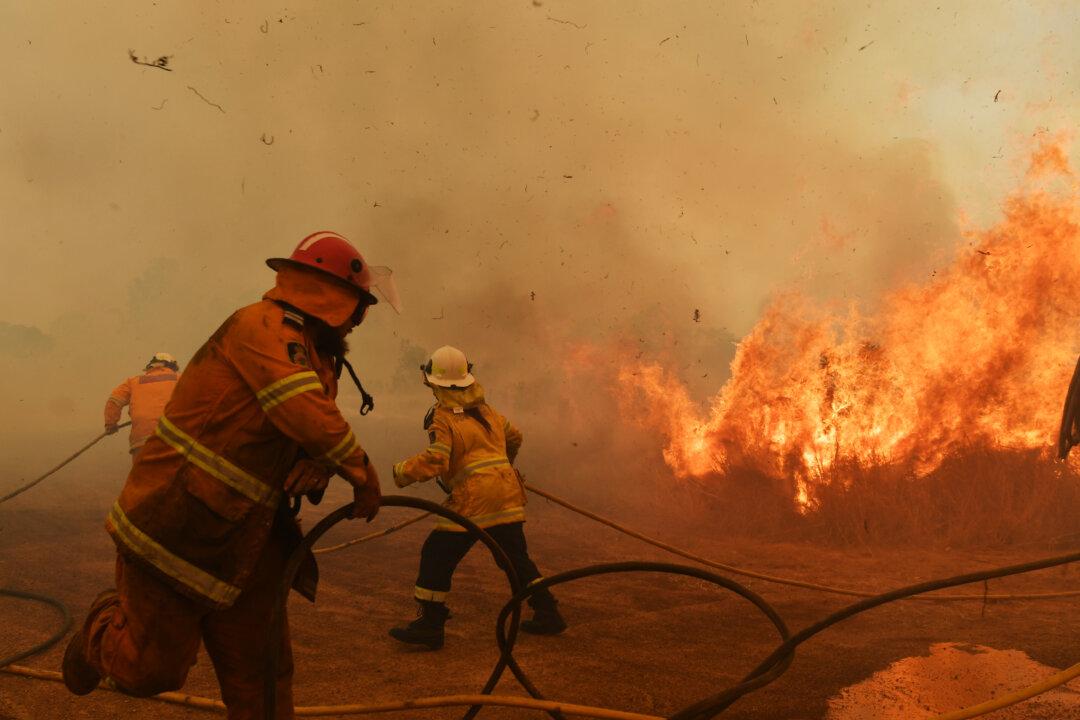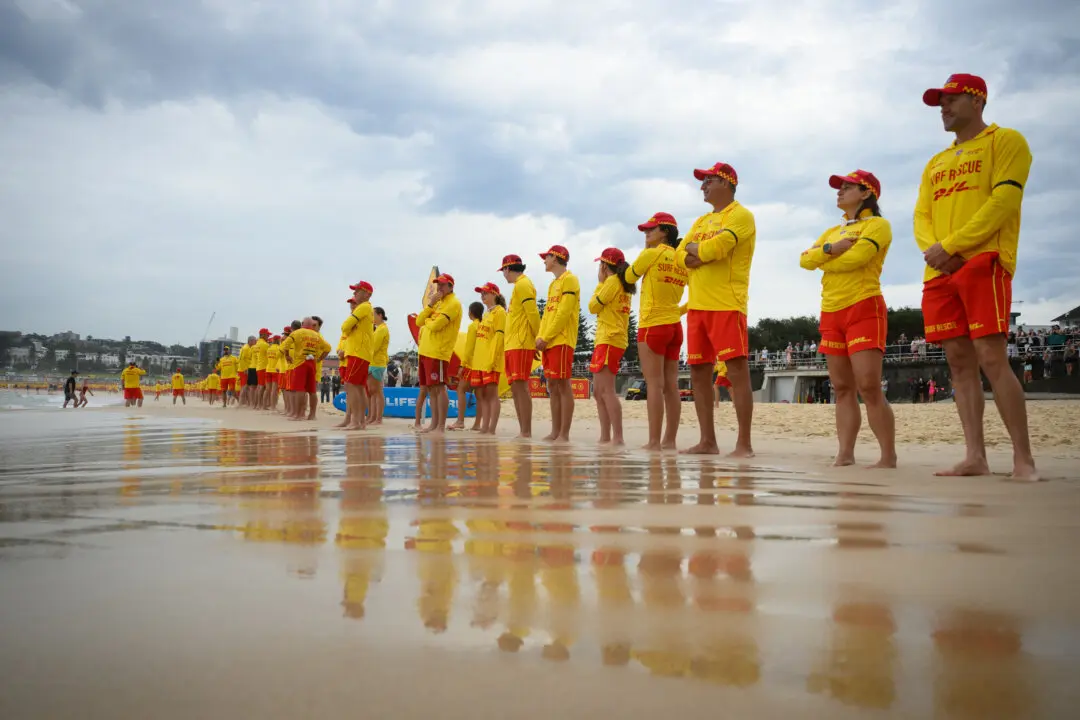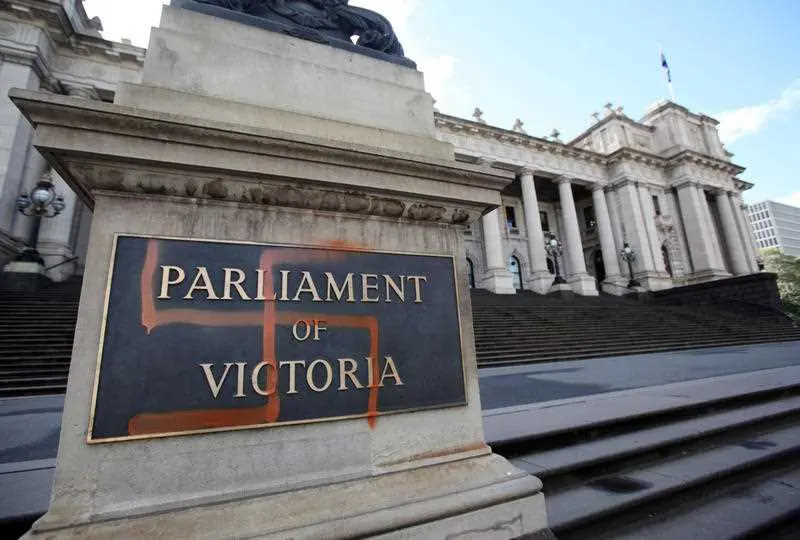A royal commissioner has slammed delays in achieving a clear and nationally consistent bushfire warning system, saying it needs to be in place before the next fire season to address confusion in the community.
Annabelle Bennett says work to fix the national warnings system has been underway since 2016 but is not expected to be in place until 2022.





